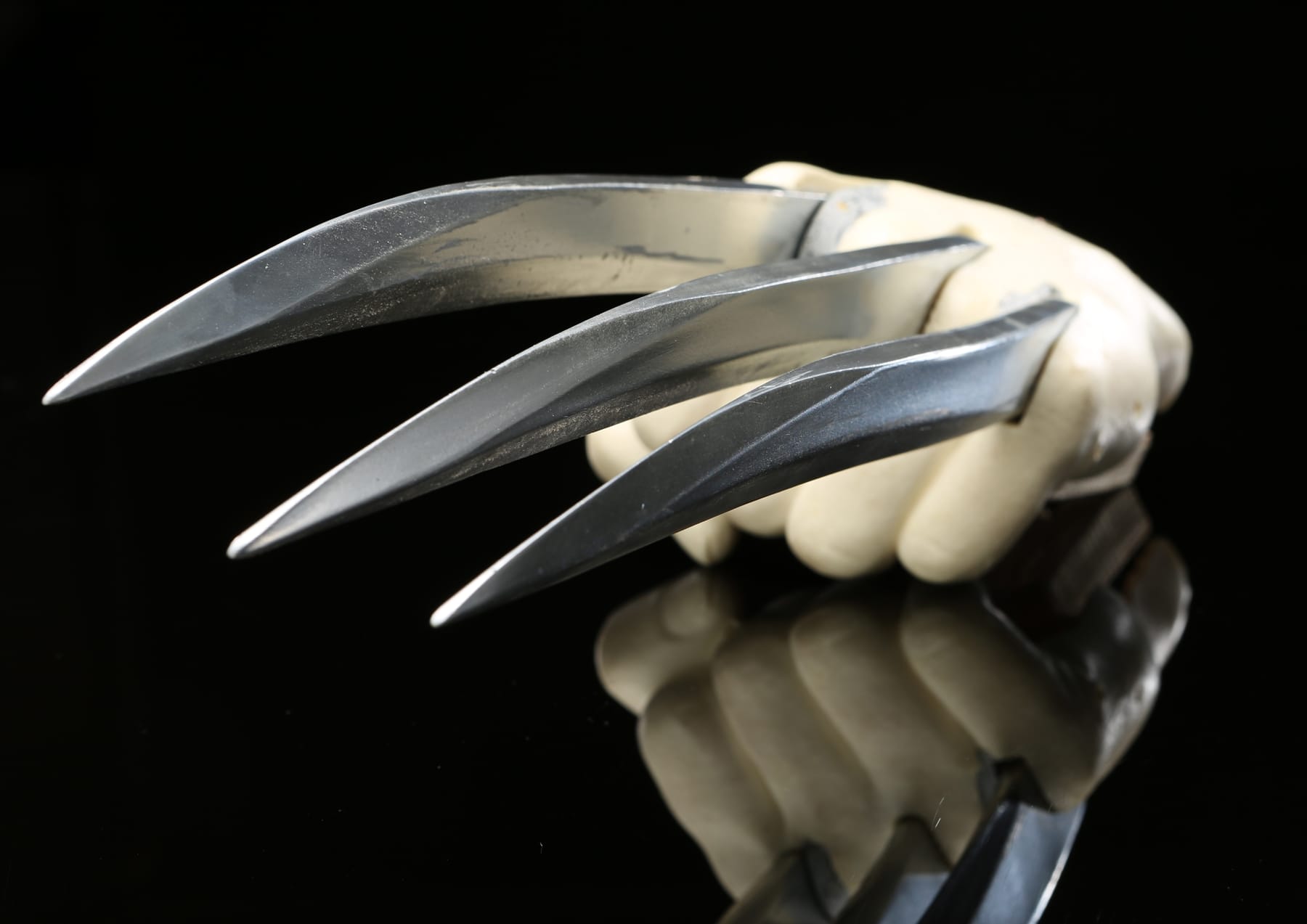The Shocking Truth About Wolverine’s Claws
Wolverine, the gruff X-Man with a healing factor that rivals Deadpool’s, is best known for his razor-sharp adamantium claws. But beneath that nearly indestructible metal lies a secret weapon – bone claws. These claws, a product of his mutant physiology, are often overshadowed by their adamantium counterparts, but they represent a primal and fascinating aspect of Wolverine’s character.
Before his skeleton was infused with adamantium, Wolverine relied solely on his bone claws. Imagine the ferocity needed to fight with bone alone! These claws are incredibly sharp and, thanks to his healing factor, can regenerate if damaged. This makes them a formidable weapon, constantly renewing themselves in the heat of battle.
The adamantium bonding process, while granting Wolverine incredible strength and resilience, also masked the true nature of his claws. It wasn’t until Magneto ripped the metal from his body in the iconic “Fatal Attractions” storyline that the world saw the raw, brutal reality of Wolverine’s mutation – his bone claws.
Were Wolverine’s Claws Always Bone?
Wolverine’s first appearance in Incredible Hulk #180 (1974) depicted his claws as part of his gloves, a far cry from their current organic origin. Later, Marvel retconned this, establishing that Wolverine’s claws are actually bone, a natural extension of his mutant abilities.
This reveal added a new layer of depth to Wolverine’s character. He was no longer just an unstoppable killing machine; he was a being wrestling with the primal aspects of his mutation, his body capable of both incredible healing and devastating violence.
Wolverine’s Regenerating Bone Claws: Separating Fact from Fiction
The adamantium might be what makes Wolverine’s claws so iconic, but it’s not what gives them their regenerative power. Even without the metal coating, Wolverine’s bone claws would still grow back, thanks to his incredible healing factor.
The adamantium might make them tougher, but the regeneration itself comes from Wolverine’s mutation. Think of it like this: his healing factor is like a car’s engine, and his bone claws are the car itself. The adamantium is just a fancy paint job – it looks cool, but it doesn’t change how the car runs.
The Mystery of Wolverine’s Returning Adamantium Claws
One of the more confusing aspects of Wolverine’s on-screen appearances is the mysterious reappearance of his adamantium claws between The Wolverine (2013) and X-Men: Days of Future Past (2014). In The Wolverine, we see Silver Samurai brutally remove the adamantium from his body, leaving him with only his bone claws. Yet, in Days of Future Past, the adamantium claws are inexplicably back.
This discrepancy has led to a great deal of speculation among fans. Some theorize that Wolverine’s healing factor, while incapable of regenerating adamantium itself, somehow drew the remaining microscopic particles of the metal back together, re-bonding them to his skeleton. Others suggest that Magneto, with his mastery of magnetism, might have secretly played a role in restoring the claws.
However, no official explanation has ever been given. Director James Mangold has stated that he envisioned The Wolverine as a standalone story, which may explain the continuity error. Perhaps the return of the adamantium claws was simply a creative decision, prioritizing Wolverine’s classic look for his future appearances in the X-Men saga.
The Significance of Wolverine’s Bone Claws
Wolverine’s bone claws are more than just a biological weapon; they are a symbol of his resilience. They remind us that beneath the adamantium, beneath the gruff exterior, lies a being capable of enduring extraordinary pain and emerging stronger on the other side.
Whether slashing through enemies or serving as a reminder of his past trauma, Wolverine’s bone claws will forever be a key part of his character, a testament to his indomitable spirit and his capacity for both destruction and regeneration.
Ever wondered why are giraffes tongues black, or why do dogs scrape the carpet? Click the links to find out!
- Discover Long Black Pepper: Flavor & Health Benefits - April 25, 2025
- Shocking Twists: The Grownup Review: Unreliable Narration - April 25, 2025
- A Quiet Place Book vs Movie: A Deep Dive - April 25, 2025
















